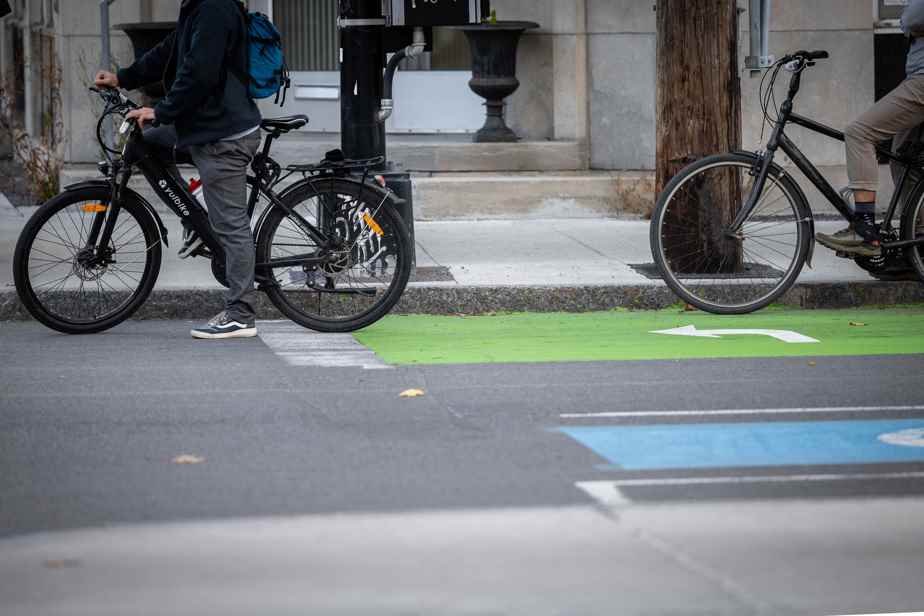Do you have questions about our editorials? Questions about hot topics in the news? Each week, the editorial team responds to readers of The Press.
Posted October 30
On our cycle paths, the excessive speed of electric vehicles of all kinds is scary! Should we think of a radar to check the speed? What about accidents?
Jean-Francois Pigeon
It’s true that things sometimes go very fast on our cycle paths. And it’s not just because the cyclists are in great shape!
While most track users advance by the sweat of their brow, they are overtaken by all kinds of electric vehicles: bicycles, scooters, skateboards… All these means of transport are classified in the electric micromobility category.
Should we clean up this category? And should speed be measured on cycle lanes as our reader suggests?
We asked Vélo Québec the question, which reminds us that the Ministère des Transports is currently considering the issue of defining what a bicycle is. There is indeed a regulatory vagueness since the federal government withdrew from the file, in 2020. The ball is now in the court of the provinces which must propose their own definition. But Quebec is slow to offer its own. Result: each season sees the appearance of its electrically assisted vehicle which will join the ranks of all the others on our cycle paths.
Until we agree on what a bicycle is, the Vélo Québec organization is proposing possible solutions to calm traffic on bike paths. Starting with their layout.
“Bidirectional bike paths are more dangerous,” observes Magali Bebronne, program director for Vélo Québec. The design of the REV is better, safer. Not only is it unidirectional, but it is protected from vehicular traffic. Another advantage of a wider unidirectional track: it allows safer overtaking.
That said, the REV drives quite fast, which is to the bike what the highway is to the car.
For this reason, Vélo Québec reiterates the importance of increasing the number of trails in quiet streets so that the most vulnerable cyclists — families with young children, the elderly or simply Sunday cyclists — can ride in complete safety.
In other words, we need to vary the networks and experiences for cyclists.
The presence of scooters and other electric vehicles also raises the issue of safety. Our reader is right to be concerned. A collision with an electric scooter traveling at 32 km/h is far more dangerous than a collision between two bicycles traveling at 15 km/h. The impact of a collision with a heavier vehicle is much more damaging.
Vélo Québec pleads for the new definition of an electrically assisted bicycle to specify that the assistance is provided by pedaling and not by the handle, as is the case with scooters.
The lack of a clear definition poses another problem: it is impossible to precisely assess the dangerousness of electric vehicles traveling on cycle paths.
“The fact that you can only tick the bike box in an accident report distorts the data, underlines Magali Bebronne. However, we have observed a deterioration in the road safety record for two years, a first for a long time. Is it the fault of electric scooters? Impossible to say without evidence. So we challenge the Ministry of Transport! Quick, a clear definition.

